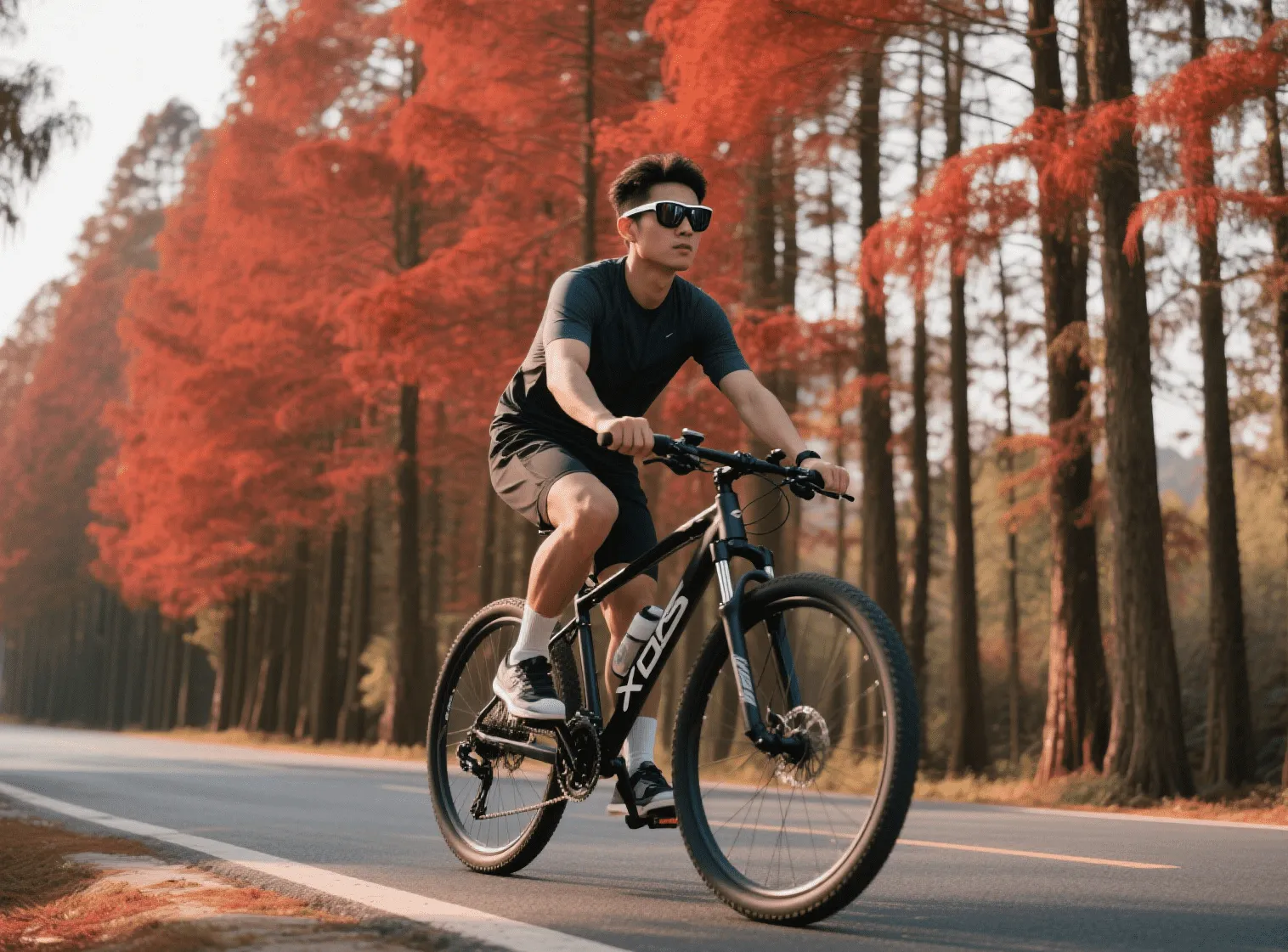Outdoor Sports Essential: How to Wear UV-Protective Sunglasses Correctly

Correctly wearing UV-protective sunglasses is vital for outdoor athletes to guard against acute and chronic eye damage from UVA and UVB rays, which can cause photokeratitis, cataracts, macular degeneration, and even ocular cancers. UV400-rated lenses that block 99–100% of UVA/UVB are the industry standard, and proper frame fit, lens type, and maintenance practices ensure both comfort and optimal protection across activities like cycling, skiing, and hiking.
1. Importance of UV Protection for Athletes
1.1 Ultraviolet radiation comprises UVA and UVB rays that penetrate and damage different layers of the eye—UVA can reach the retina, while UVB primarily affects the cornea and lens.
1.2 Acute overexposure can lead to photokeratitis (“snow blindness”), and chronic exposure increases risks of cataracts, pterygium, and macular degeneration.
1.3 High-reflection environments such as snow, water, and sand can amplify UV intensity by up to 80%, making protective eyewear indispensable at altitude or near reflective surfaces.
2. Selecting the Right Sunglasses
2.1 UV400 and Certification
2.1.1 “UV400” lenses block wavelengths up to 400 nm, effectively filtering 99–100% of both UVA and UVB rays.
2.1.2 Look for ANSI Z80.3 or CE EN 1836 certification to verify laboratory-tested UV protection levels.
2.2 Lens Technologies
2.2.1 Polarized lenses reduce horizontal glare from water, roads, and snow, enhancing visual clarity during activities like fishing and cycling.
2.2.2 Anti-fog and scratch-resistant coatings maintain unobstructed vision under high exertion and varying temperatures.
2.3 Frame Design and Materials
2.3.1 Wraparound or semi-rimless frames provide side shields that prevent UV leakage from the periphery.
2.3.2 Lightweight, impact-resistant materials such as polycarbonate combine safety and built-in UV absorption for rugged sports use.
3. Proper Wearing Techniques
3.1 Ensuring a Secure Fit
3.1.1 Temple arms should gently hug the sides of the head without pinching to prevent slippage during movement.
3.1.2 Adjustable nose pads distribute weight evenly and avoid pressure marks on the bridge of the nose.
3.2 Optimizing Lens Angle
3.2.1 A slight downward tilt of approximately 5–10° helps block reflected rays from below while preserving a wide field of view.
3.2.2 Cyclists may increase the tilt for aerodynamic airflow, whereas skiers often adopt a flatter angle to respond swiftly to terrain changes.
3.3 Complementary Accessories
3.3.1 Strap systems or retainer cords secure sunglasses during vigorous activities to prevent loss.
3.3.2 Pairing with helmets or caps requires checking for interference; ensure sufficient clearance for ventilation and stability.
4. Maintenance and Care
4.1 Use a microfiber cleaning cloth and dedicated eyewear solution; avoid paper towels or clothing that can abrade coatings.
4.2 Store sunglasses in a hard case at room temperature and low humidity to preserve frame alignment and lens coatings.
4.3 Periodically inspect hinges, nose pads, and straps for wear, and replace parts promptly to maintain optimal fit and protection.
5. Conclusion
Outdoor enthusiasts should prioritize UV400-certified sunglasses with the right lens and frame features, correctly fitted and maintained, as an essential component of sports safety gear. By combining certified protection, ergonomic design, and proper wearing techniques, athletes can enjoy clear vision and safeguard long-term eye health.



